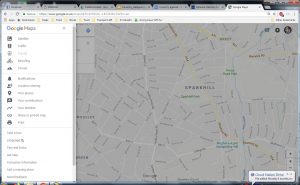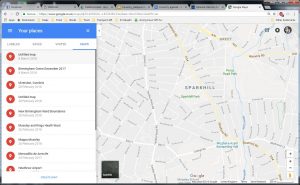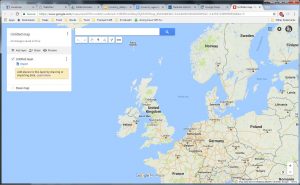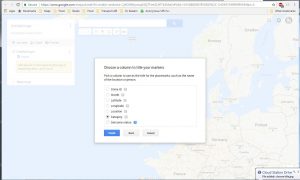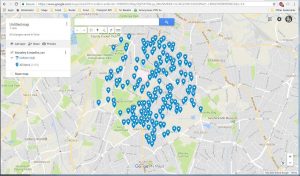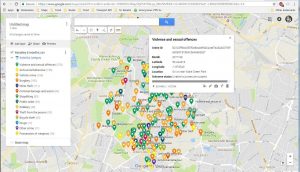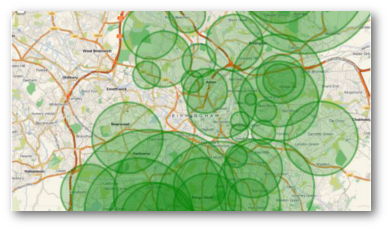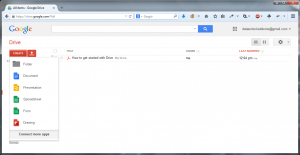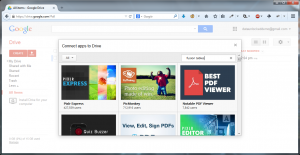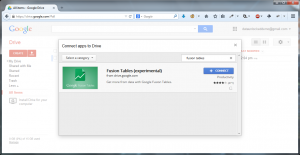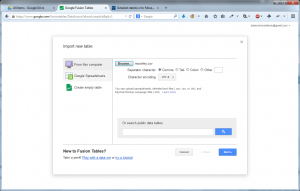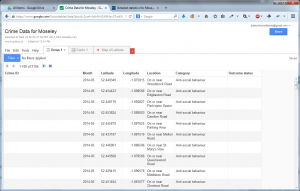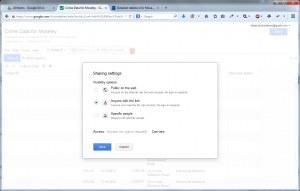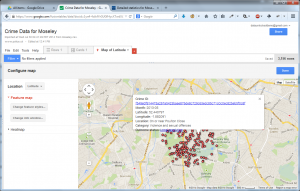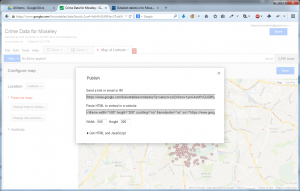Simon has explained what we wanted to do with QOF in the previous post.
Looking at the prevalence data from the QOF files, we see the GP Code, the Indicator Group (the health condition this relates to), the number of patients on that GP’s register that have that condition, the list type and list size.
These last two fields are important – not all conditions are measured across all ages: in the example below, Chronic Kidney Disease is only counted for people over 18.
| gp_code | Indicator_group | register | patient_list_type | list_size | |
|---|---|---|---|---|---|
| AGP001 | AF | 100 | TOTAL | 1000 | |
| AGP001 | AST | 300 | TOTAL | 1000 | |
| AGP001 | CKD | 125 | 18OV | 800 |


